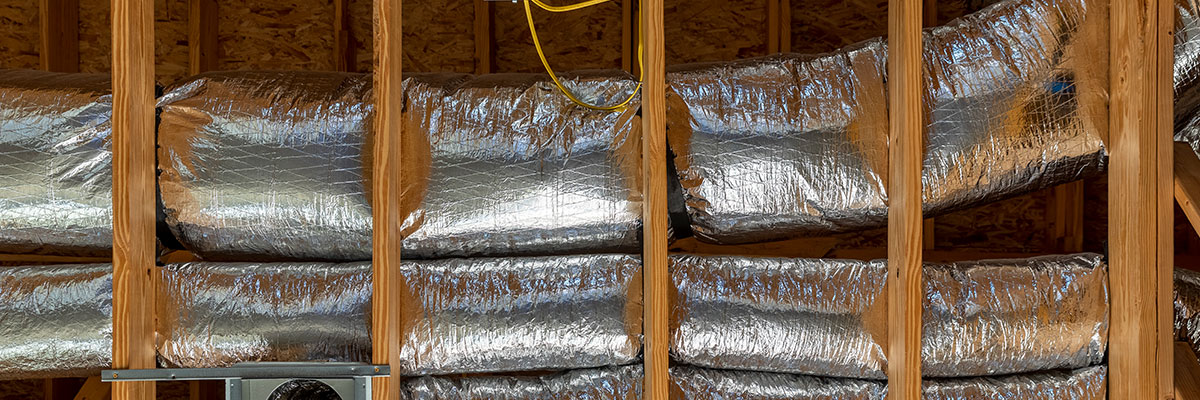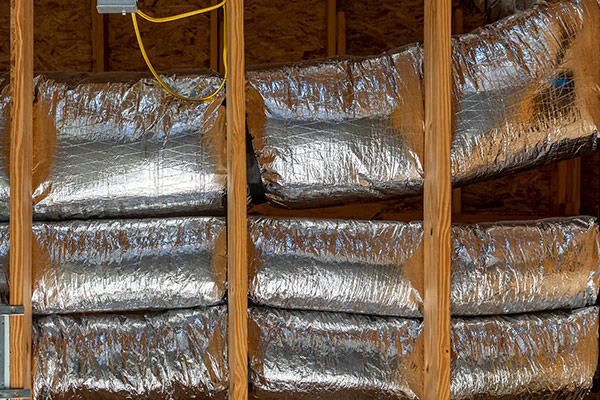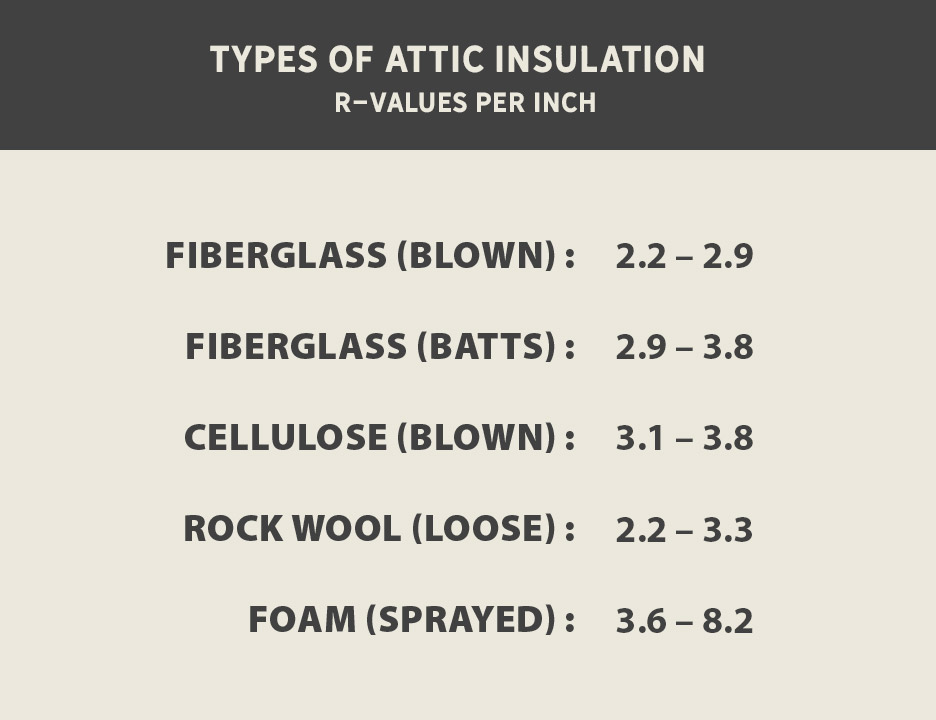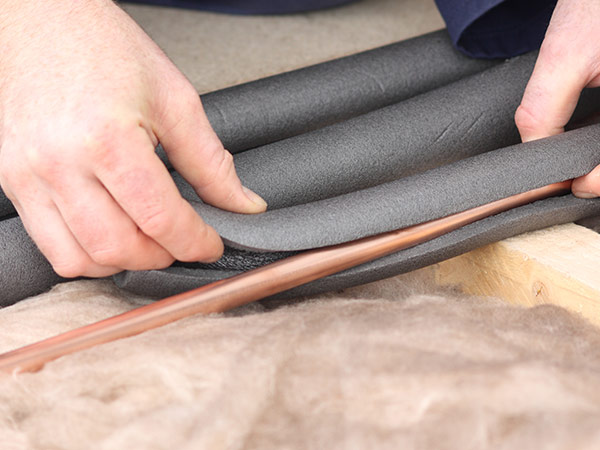

7 Surefire Ways to Insulate Your Home for All Seasons
We can see temperatures ranging from pretty cold to really, really hot. But even if it's uncomfortable outside, you can keep your home consistently comfy for all seasons. From your attic to your garage, our best insulation tips can save you money and be tackled in just one weekend.
Insulation Basics
How well insulation works is expressed by its “R-value” which measures how well a given material “resists” and reduces the flow of heat and cold into and out of your house. The higher the R-value, per inch of thickness, the better the insulation will perform when you heat or cool your home.
So, how much insulation do you need? The amount of insulation recommended for your home is determined by where you live. This can range from R-30 in warmer climates up to R-60 in colder climates. To formulate your home’s R-value, divide the recommended R-value for your area by the R-value of your particular type of insulation. (See list below.)
According to the Department of Energy, these are the R-values per inch of the most common types of attic insulation:


Attic Insulation Tips
- Full attic insulation. This is one of the easiest ways to improve the comfort levels in your home. Not only will the insulation keep warmth inside your home in the winter, but it will block the heat in the summer. This helps to reduce your energy bill and even improve your HVAC performance.
- In Zones 2 and 3, where the R-value is recommended by EnergyStar.gov to be R25 to R38, generally about 13 to 14 inches deep in the attic, depending on the material you use.
- When installing insulation, be sure to wear protective gloves, goggles, long-sleeve clothing, and a mask or respirator. Be careful of extreme temperatures and watch your step! You don’t want to fall through the attic.
- You can add more insulation on top of existing insulation to get the R-value you desire. This might be especially needed if your home is older. Here are some more tips about DIY blow-in insulation and a calculator for you to estimate the supplies for your project.
- Seal ducts. Another way to improve insulation in your attic is to seal and use spray foam on your metal ducts, so your HVAC is not trying to pipe air through a system with leaks, holes, or loose connections. That will cause your system to work harder and increase your utility bill. Always use appropriate tape or foam for a proper seal and look around your attic, crawlspaces, and garages for all accessible ducts. You can even install some fiberglass insulation around the entire duct as well. If you feel like you are still losing heat and cold somewhere, contact a professional for further investigation.

Indoor Insulation Tips
Improving the insulation in your home may seem daunting, but there are many inexpensive, minor indoor improvements you can make.

- Check air leaks. These can be in and around windows and doors. Once you’ve determined where they are, caulk or weatherstrip to seal them. There are many kinds of weatherstripping, and most are easy to install. Caulking is a simple bead around the opening.
- Insulate pipes and hot water heater. Pipe insulation is a quick and simple way to keep your pipes safe and your home comfortable. Pipe insulation comes in many forms including polyethylene tubes, wraps, as well as heating tapes and cables. Water heater blankets also help conserve heat and save energy in the winter months.
- Block drafty doors. You can make a “door snake” for your exterior doors to stop those cold drafts from seeping in under your doorways in the winter. Cut and sew a tube of fabric and fill it with dried beans or rice. You can simply roll up an old towel if you’re in a pinch. Need more quick tips?
- Consider your windows. Your windows can be a big culprit in air loss when you are heating or cooling your home. We also have various types of window insulation, so you can simply add higher glazing to your windows to increase insulation. The film is clear and covers the entire window or patio doors. This reduces cool drafts from entering your home and prevents frost from collecting on your windows.
- For a long-term project, we have many options to improve the insulation of your windows other than just caulk, including our energy-efficient low-E glass windows. Low-E glass windows have insulated glass panels for advanced thermal performance. Not to mention that an upgrade in window materials can increase the comfort of your home. If you’re ready for an upgrade, low-E glass windows are a great choice to improve your home’s insulation.
- Garage door. If you use your garage for work or exercise space in the winter, you can add foam board paneling to improve insulation, and you can remove it in the spring, if you are worried about it holding heat in the summer. You can also add garage door insulation trim that acts as a weather-tight barrier. If your garage is just for cars or storage, be sure to check the interior door that leads to your garage for air leaks into your home.
If you’re looking for a weekend project that can help you save money on your energy bill and keep comfortable all year long, stop by your local McCoy’s, and we’ll help you get started. Already know what you need? Use our buy online and pickup in-store option to get what you need and maximize your weekend time.
